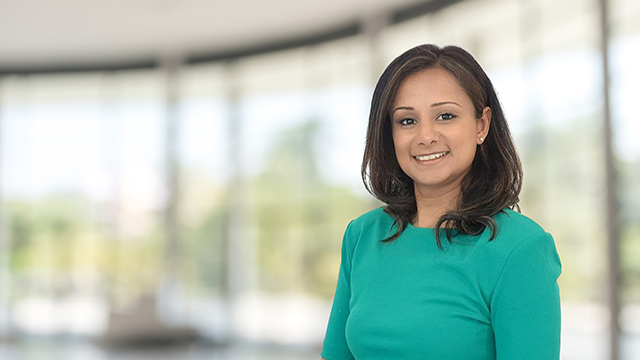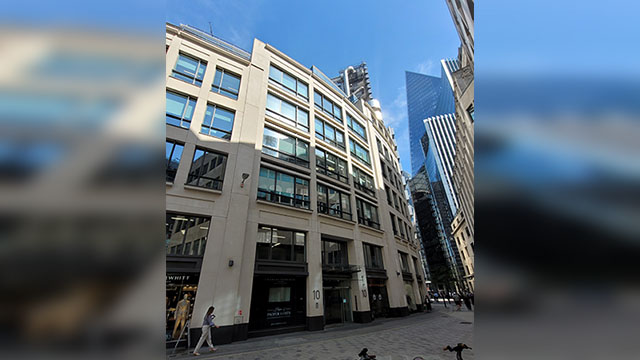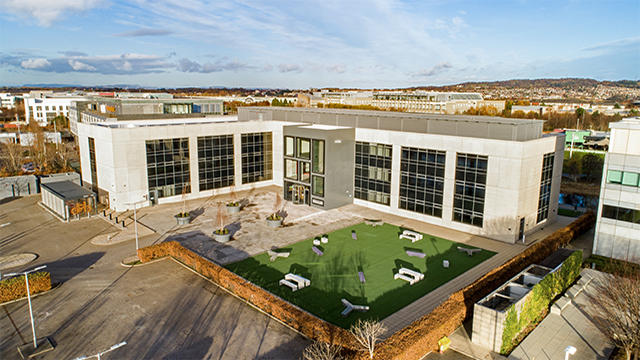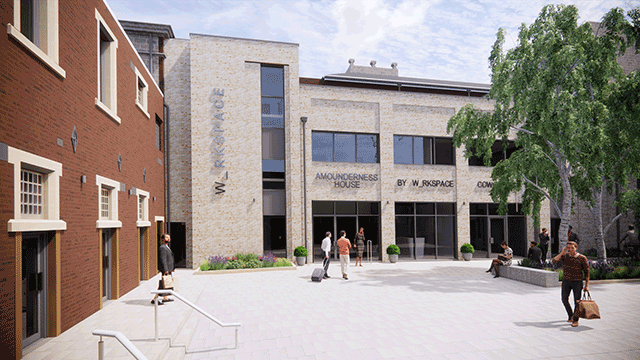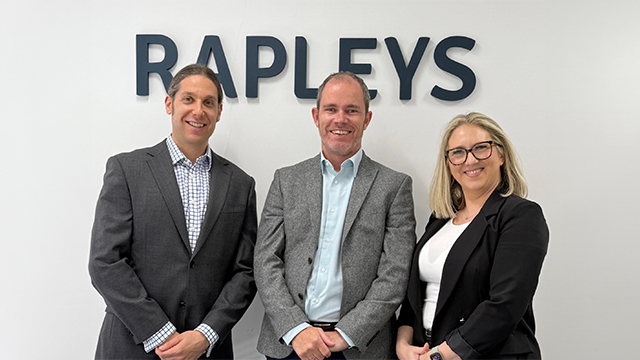MAINLY FOR STUDENTS Sue Manns inspires the next generation of built environment professionals to help create a truly diverse and inclusive future.
As the next generation of built environment professionals, the decisions that you will take, the policies that you put in place and the actions that follow will have a lasting impact on our places and spaces, society, the environment and the quality of life for generations to come.
We all use spaces and places differently, and it is important that, when we take decisions, these are not only technically well informed but also take into account the diverse needs and requirements of society – we are not all the same.
The question that I want to pose is: would decisions on the future of places and spaces be different if those tasked with planning the future of our built environment were more reflective of society as a whole?
Much work needs to be done
When I became a chartered town planner in the 1980s, the profession looked very different. For a start, there were very few female planners (circa 15%) and the majority of roles were held by white, middle-class men. Looking back, it is clear that this has changed but, in all honesty, it has not changed as much as we need. Today, across all the built environment professions, women and BAME members remain in the minority; this is particularly the case at senior levels.
The gender pay gap is a good measure of the degree of inequality. In 2018, the pay gap between male and female “planning officers” was 28.6%. Unfortunately, figures are not available for BAME groups, but I strongly suspect that the position is similar, or possibly worse. In essence, the higher you climb, the wider the gap. This cannot be right. Talent does not rest disproportionately with one section of society.
The scales of power are tipped against women and BAME built environment professionals. This imbalance matters and it matters deeply. Lack of diversity at a decision-making level materially affects the environment.
Diversity of thought
We all use spaces and places, but we all do it differently, and the way that we do it changes throughout our lives. Decisions taken within an “echo chamber” made up of people from similar backgrounds and with similar experiences will tend to reflect the views of those within that chamber. We feel good when others validate our views, and we feel smarter when people tell us what we already know. With complex issues, such as those tackled by built environment professionals, it is simply not possible for one person, or a group of people from similar backgrounds, to have all the relevant insights.
Diversity is, however, more than a gender or ethnicity tick box. Diversity is also about different ways of thinking, different skill sets and other cognitive abilities. This form of diversity is often hidden and is not related to certain groups, backgrounds or upbringing; it is intersectional.
Seeing things from diverse perspectives leads to more informed and sometimes different decisions. The more perspectives you have around you, the more you can see. The success of the codebreakers at Bletchley Park during the Second World War was a reflection of the cognitive diversity of the team, with mathematicians such as Alan Turing and the former bank clerk Stanley Sedgwick (a crossword whizz who could put himself into the mindset of the code-writers) bringing different ways of thinking to codebreaking.
As built environment professionals, we tend to look at the design of spaces and places through a lens that focuses mainly on visual appearance, connectivity, role and function. Very rarely do we think about spaces from the perspective of our other senses, or the different needs of diverse users.
We are not alone in facing the challenge of a “better balance”. As Lady Hale, former president of the Supreme Court, put it recently, the judiciary needs to be more diverse so that the public feel those on the bench are genuinely “our judges” rather than “beings from another planet”. Sounds familiar!
No such thing as the “typical” person
Not only do we need to better reflect the communities we serve, but we also need to consider the extent to which our ways of working embrace the diversity of the community.
For example, a lack of awareness and understanding of diversity has led many of our community engagement practices to be designed with a “typical” person in mind. That person is often over 35 years of age, middle class, white, working nine to five on Monday to Friday, literate and a homeowner. But how often do we adapt our approach to community engagement in response to the diversity of the community that we are engaging with?
Just because people live in the same area or are members of certain groups does not mean that they all think the same. People are different; they have different needs and expectations, and these change throughout their lives. Views are shaped by the background and experiences of those expressing them. More often than not, they will also reflect the social groups of which an individual is part. The problem is that the friends that we choose and the social circles that we mix in will, more often than not, contain individuals who share many of our views, so we assume that everyone else does too – this is simply not the case.
So when people say “we all think the same”, let’s ask how they know. Similarly, let’s ensure that those claiming to represent the local community have themselves reached out to capture the diversity of that community before expressing a “community view”.
What can be done?
What can we do to improve equality, diversity and inclusivity in the built environment professions? First, everyone needs to accept that there is an issue and agree about the importance of correcting the balance. Sadly, there are those who believe the playing field is now level and that actions to achieve equality, diversity and inclusivity no longer need to be a priority. The data does not agree with this view, and neither do I.
Those “at the top” need to better understand the challenges faced by those who are not like them. They need to be confident that they can promote individuals from a “different mould”.
Greater diversity also makes economic sense. Research by McKinsey & Company showed that firms across all sectors with the most women on their boards significantly and consistently outperform those with no female representation. Thomson Reuters found that companies with higher numbers of women leaders fared better during periods of greater economic volatility. A Leeds University Business School study showed that having at least one female director on the board appears to cut a company’s chances of going bust by about 20%; having two or more lowers the risk still further.
Change can happen if we are determined to make it happen. In February last year, I was at the UN-Habitat World Urban Forum in Abu Dhabi and met with UN executive director Maimunah Mohd Sharif. She trained as a planner at Cardiff University and had been given responsibility for organising the World Urban Forum. One of the challenges she set the organising committee was to ensure that they had 50:50 representation of male and female speakers. When she was told that this was not possible, she was very clear in her response: “Well, search the world then!” She achieved 54% female speakers. If this can be done on the global stage, then it can be done in the UK. We should never see panels that do not reflect the society that they are speaking about.
We’re all in this together
One issue that we all, as built environment professionals, need to address is how we reach, inspire, support and empower the brightest and best talent, whatever their background, gender or ethnicity. No one should have to be better to be equal. The RTPI Corporate Strategy 2020–2030 contains, as one of its four pillars, the promotion of equality, diversity and inclusivity. In February 2020, I launched an action plan – CHANGE – to guide members and employers as they deliver the change that we want and need.
Looking forward, we need to see those organisations and decision-making bodies for whom and with whom we work being made up of people from all backgrounds, and for this diversity to extend to all levels. To do this, we all need to welcome, nurture and support those who may be different to us and, as a result, broaden the body of people with knowledge of our most pressing challenges. Part of that debate should also arguably be at the university you are studying at, whether you are on a planning-based course or one of the other built environment programmes.
There is great hope for the future, but it is in our hands – and your hands as future professionals. It is important that we all play our part in shaping more equal, inclusive and diverse professions which are, in turn, better placed to understand and take key decisions that will affect the future of our places and spaces, improving the lives not only of those alive today but also of generations to come.
Finally, as Verna Myers’ often-quoted comment notes: “Diversity is being invited to the party; inclusion is being asked to dance.” I would actually take this a little further and add that we need to recognise that some people will inevitably need a little more support than others in order to be able to dance – but, my goodness, when we are all on the dance floor, what a party that will be.
Sue Manns FRTPI FRSA is director of Sue Manns Associates and the immediate past president of the Royal Town Planning Institute
Paul Collins is a senior lecturer at Nottingham Trent University and Mainly for Students editor. He welcomes suggestions for the column and can be contacted at
paul.collins@ntu.ac.uk

